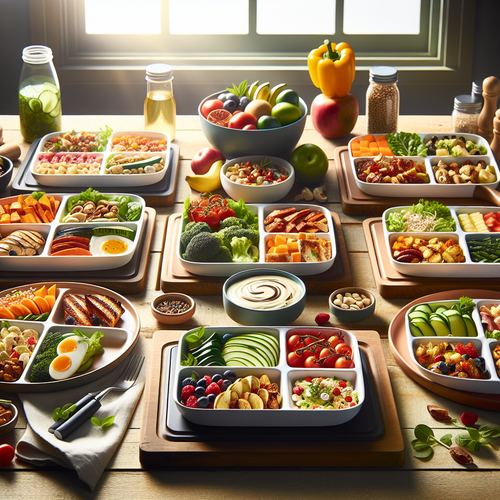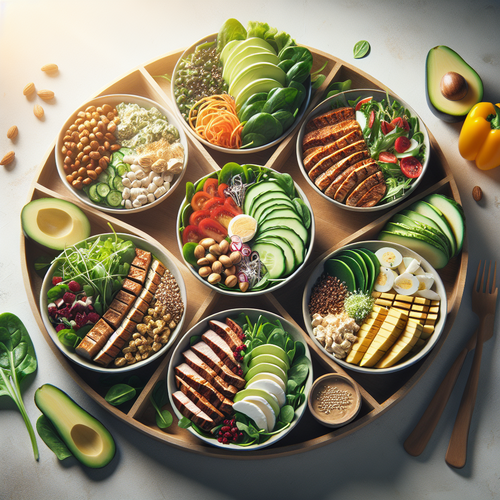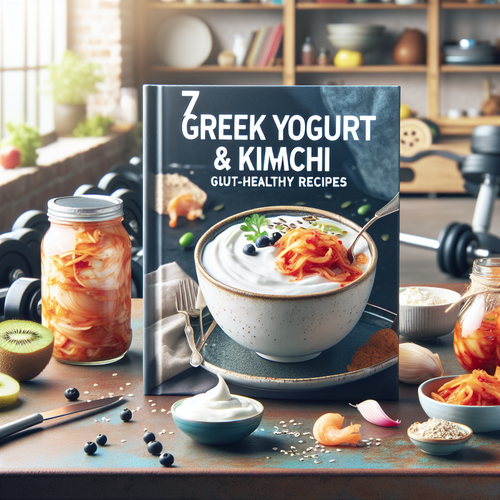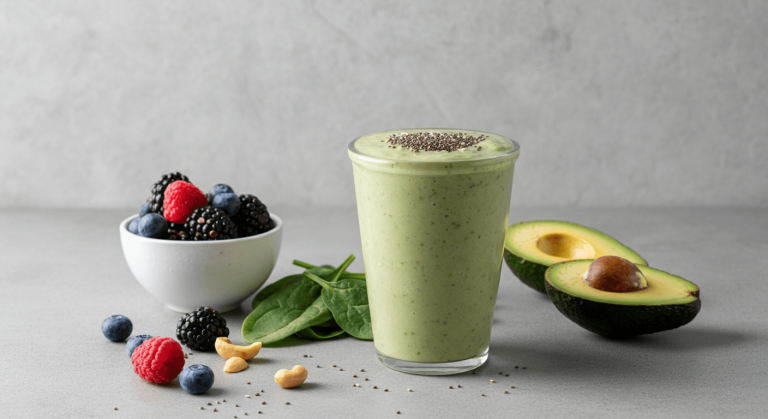7 Leftover-Friendly Lunch Ideas
- Meal prep using leftovers slashes food waste, saves time, and supports your health goals. (source)
- Proper storage and labeling are crucial for food safety and flavor.
- Grain bowls, frittata muffins, and mason jar salads are easy, delicious ways to reinvent last night’s dinner.
- Creative leftover use means you spend less and enjoy more variety in your lunches. (source)
- Lunches with leftovers are sustainable, budget-friendly, and ready in minutes.
- Why You Should Consider Meal Prep Using Leftovers
- Tips on Storing Leftovers for Meal Prep
- 7 Easy Meals with Leftovers: Lunch Ideas
- FAQ
Using meal prep using leftovers is a smart kitchen strategy that boosts your health, budget, and the environment. Here’s why:
- Save Money: Stretch your groceries by making the most of every bite.
- Prevent Food Waste: Repurpose leftovers and you’ll help reduce landfill waste (source).
- Save Time: Reheat and eat—nutritious meals in minutes (source).
- Support Sustainability: Make a positive eco-impact by using creative ways to use leftovers (source).
- Flexible for Dietary Goals:
Creative ways to use leftovers make healthy eating almost effortless. Still curious? Read more about the benefits of reducing food waste at EPA.gov.
Good storage habits are the backbone of safe and tasty meal prep using leftovers:
- Cool Quickly: Refrigerate within 2 hours.
- Choose Airtight BPA-Free Containers: Use glass or food-safe plastic to lock in freshness and prevent leaks.
- Label & Date: Note when you cooked it to stay safe.
- Fridge Shelf Life:
- Meat/poultry: 3–4 days
- Veggies/grains: 3–5 days
- Soups/stews: 3–4 days
- Freezer Shelf Life:
- Meat/poultry: 2–6 months
- Veggies/grains: 2–6 months
- Soups/stews: 2–3 months (source)
- Safe Reheating: Always reheat to 165°F (74°C).
- When in Doubt, Throw It Out: If it smells or looks strange, pitch it.
Need specifics? Find handy charts at foodsafety.gov.
You don’t need fancy ingredients for “gourmet” lunches—just yesterday’s dinner and a little inspiration. Try these easy meals with leftovers, perfect as leftover lunch ideas for work!
- Mix up flavors: Asian, mediterranean, Latin, and more
- Get a balanced plate: proteins, veggies, grains, good fats (source)
- Portable and practical—just toss into a lunchbox or mason jar (source)
Ready to turn old into gold? Let’s dig in.
Turn any leftover grain (quinoa, brown rice), veg, or meat into an instantly satisfying meal bowl. (source)
- Layer cooked grains, protein (chicken, beans), and veggies in a bowl.
- Top with a drizzle of hummus or yogurt-based dressing.
- Add seeds, nuts, or shredded cheese for a flavor boost.
Why it works: High in fiber and slow-digesting carbs; keeps you full for hours.
Eggs + leftovers = portable, protein-rich, and perfect for meal prep (source).
- Beat 6 eggs with salt and pepper.
- Stir in a cup of chopped cooked veggies and meat or cheese.
- Spoon into a greased muffin tin; bake at 350°F for 20 minutes.
Flexible and so handy for grab-and-go lunches or snacks.
Layer veggies, grains, proteins, and leafy greens in a jar—plus dressing on the bottom for non-soggy results. (source)
- Dressing first, then sturdy ingredients like beans, cooked meat, and veggies.
- Add cooked grains (quinoa, couscous) next; pile fresh greens on top.
- Shake and enjoy anywhere—no microwave needed!
Great for meal prep and perfect as a leftover lunch idea for work.
Fried rice gets a nutritious upgrade when you use brown rice or quinoa and toss in leftover veggies and lean protein. (source)
- In a skillet, heat a splash of oil and sauté chopped veggie leftovers.
- Add cooked rice or quinoa and a scrambled egg or diced tofu.
- Season with soy sauce, ginger, or your favorite spices.
This is one of the most healthy leftover-friendly recipes that never gets boring.
Wrap anything—think pulled chicken, beans, or salad—in a whole wheat tortilla or lettuce leaf.
- Layer filling, add avocado or salsa, roll it up tightly.
- For low-carb, use large romaine or collard green leaves as wraps.
- Wrap in foil for an easy grab-and-go lunch solution.
Boost leftover soup with extra beans, grains, greens, or cooked meats.
- Add leafy greens, chickpeas, or pasta to plain store-bought or homemade soup.
- Top with shredded cheese, yogurt, fresh basil, or croutons for extra comfort.
Turn a single serving into a filling, balanced meal.
Use a whole wheat pita as the base for creative personal pizzas—pile on leftover cooked veggies, proteins, and some cheese.
- Spread tomato sauce, top with leftovers and cheese.
- Bake at 400°F for 8–10 minutes, or until crispy.
Who knew cleaning out the fridge could taste so good?
How long can I safely store leftovers for meal prep?
Most cooked dishes last 3–4 days in the fridge when properly stored in airtight containers. For longer storage, freeze up to 2–6 months. Always check for spoilage signs before using!
What are some creative ways to use leftovers besides soups and casseroles?
Try wraps, grain bowls, frittata muffins, stir-fries, salads, or even DIY pizzas using leftover proteins and veggies for lunch variety.
How can I make sure my leftover meals are healthy?
Balance portions with lean proteins, colorful veggies, whole grains, and a dash of healthy fats or seeds. Avoid heavy add-ons or extra oils.
What’s the best way to reheat leftover lunches for work?
Reheat thoroughly in the microwave or on the stovetop. For crispness, use a toaster oven when possible. Add a splash of water to grains or proteins before reheating to prevent dryness.
Where can I find more healthy leftover-friendly recipes?
Check out the FitnessMoves recipe archives and our healthy meal prep roundups for more inspiration!








